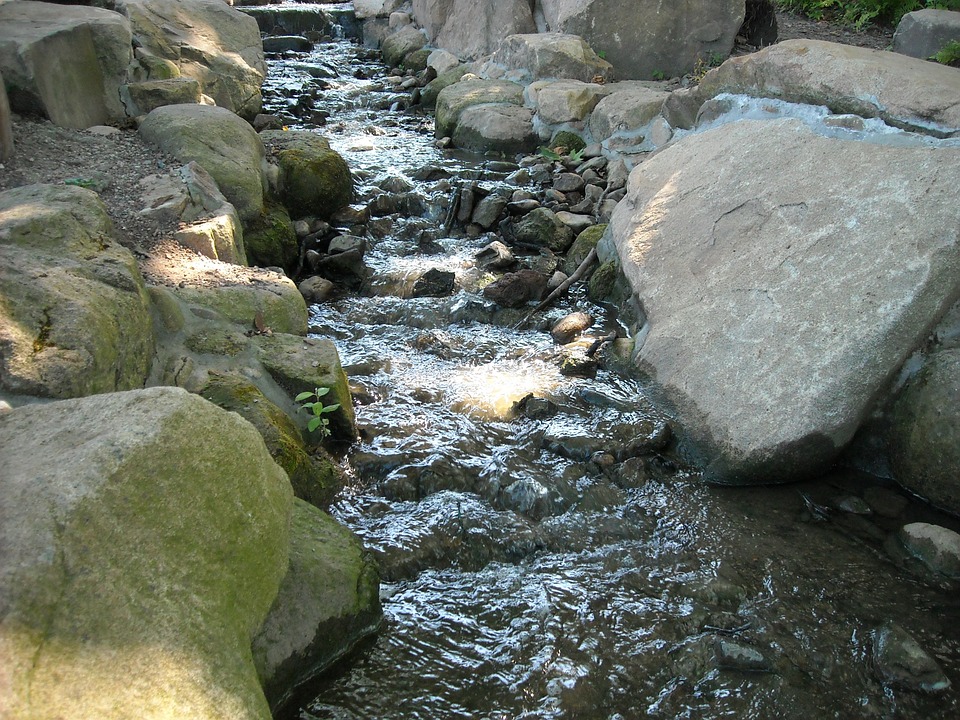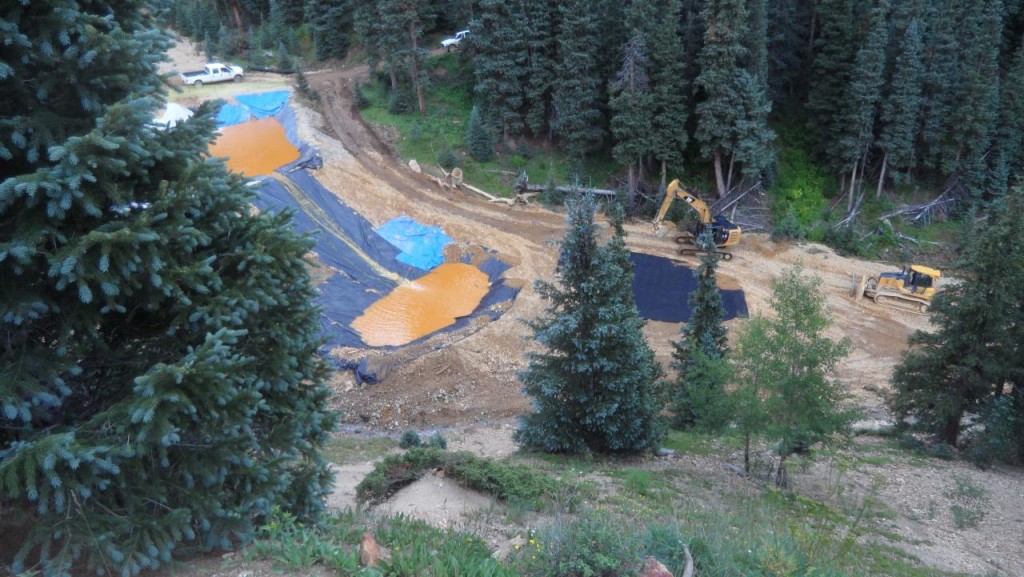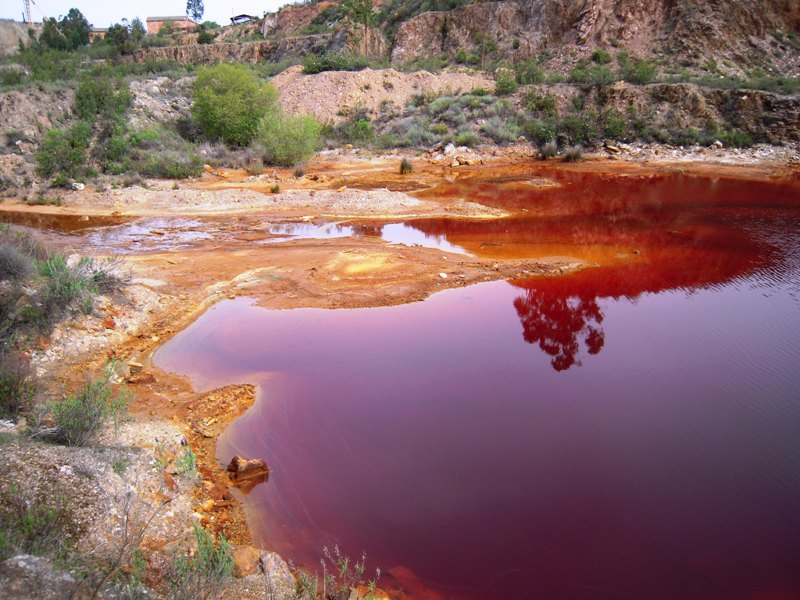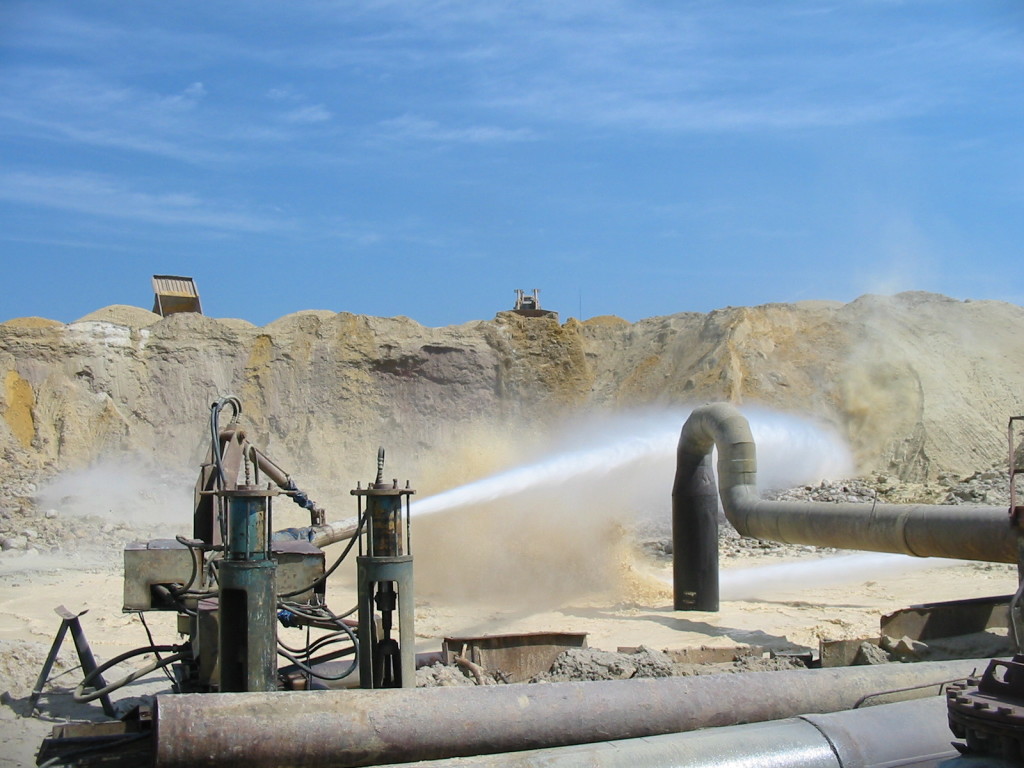
Month: January 2016
Chevron Corporation – Ecuador
Texaco and Gulf Oil began operating in the Oriente region of Ecuador in 1964 as a consortium. Texaco operated the Lago Agrio oil field from 1972 to 1993 and the Ecuador state oil company continued to operate the same oil fields after Texaco left. In 1993 Texaco was found responsible for dumping billions of gallons of toxic waste and they spent $40m cleaning up the area during the 1990s. In 1998 the Ecuadorean government signed an agreement with Texaco accepting the clean-up as complete and absolving Texaco of any further responsibility. In 1998 an Ecuadorean scientific team took water and soil samples after Texaco left and found petroleum hydrocarbons at unsafe levels in almost half. The clean up was called “a sham” by critics
In April 2015, AmazonWatch released videos reportedly sent from a whistleblower inside Chevron. The videos purportedly show employees and consultants finding petroleum contamination at sites in the Ecuadorean Amazon that the company claimed was cleaned up years earlier. These videos were confirmed as legitimate by Chevron legal counsel
Emergency tailing ponds
Emergency tailing ponds constructed in response to the 2015 Gold King Mine Spill, pictured on August 7

Environmental Damage of Mining

The environmental impact of mining includes erosion, formation of sinkholes, loss of biodiversity, and contamination of soil, groundwater, surface water by chemicals from mining processes. In some cases, additional forest logging is done in the vicinity of mines to increase the available room for the storage of the created debris and soil
Hydraulic Mining
Hydraulic mining, or hydraulicking, is a form of mining that uses high-pressure jets of water to dislodge rock material or move sediment.[1] In the placer mining of gold or tin, the resulting water-sediment slurry is directed through sluice boxes to remove the gold. It is also used in mining kaolin and coal.
